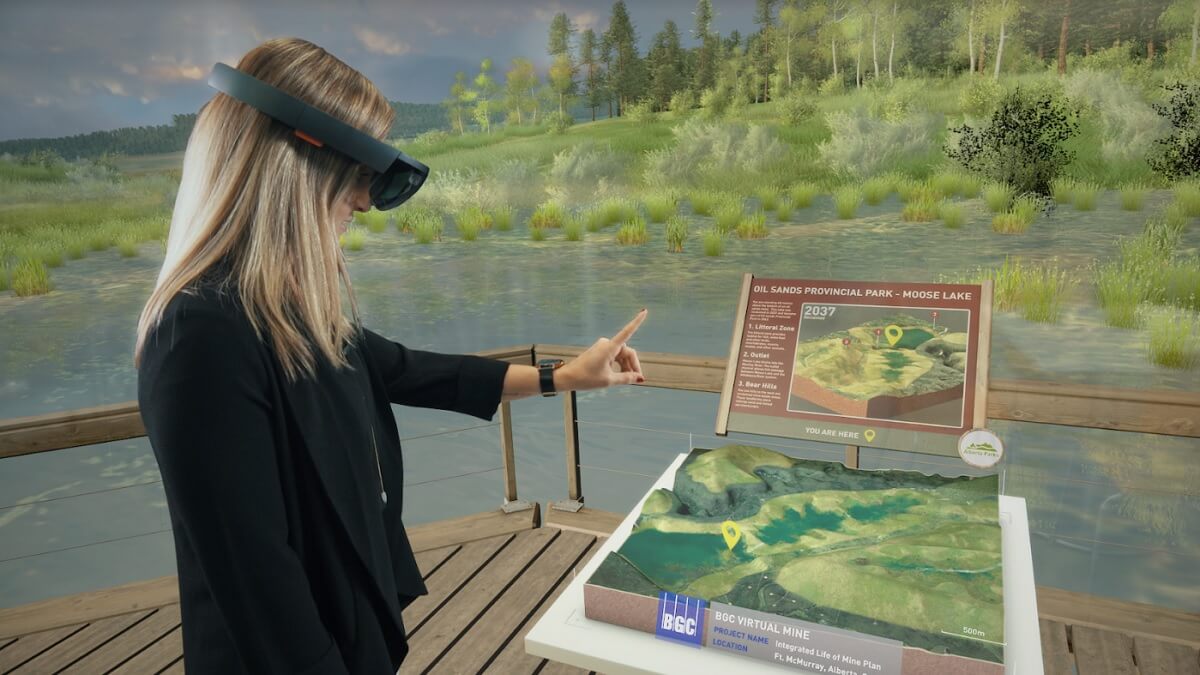With Apple’s recent launch of AR Kit and Google’s announcement of AR Core, the nascent augmented reality space is set for a major battle. AR presents a brand new frontier of computing interfaces that will redefine how we interact with information. As such, the UX designers of tomorrow will need to be equipped with the right knowledge and tools to build immersive interfaces. Here are three significant ways that AR will significantly change UX design.
The human interface
Unlike 2D screen-based interfaces like those of smartphones and laptops, AR interfaces have two properties that make them different. The first is 360 degrees of potential context: the ability to organize information all around you. The second is Z-depth: the capability to organize and interact with information in your Z-axis. In other words, we will no longer have to work within the confines of screens. Designers will be able to place objects, assets, and elements directly into space.

Unlock premium content and VIP community perks with GB M A X!
Join now to enjoy our free and premium membership perks.
![]()

![]()